In recent years, dairy consumption in our country has been steadily declining. Yet, bread and other grain products are increasingly being replaced by dairy products at breakfast. What's the difference between yogurt and quark? And which is healthier?
What is yogurt?
The word yogurt comes from the Turkish word yughurt. Centuries ago, people there discovered that you could make yogurt from milk—for example, cow's. Bacteria play a crucial role in yogurt production. Yogurt is found all over the world, and because different types of bacteria are used everywhere, the taste of yogurt varies accordingly.
In the Netherlands, we generally make yogurt with two different types of bacteria: Lactobacillus bulgaricus and Streptococcus thermophilus. These bacteria are precisely what make yogurt so healthy. Yogurt contains many probiotics, as well as important vitamins, minerals, and proteins. Yogurt is packed with calcium, protein, and vitamins B12 and B2. We all know by now that calcium is good for our bones. Protein contributes to muscle growth and recovery, and vitamins B12 and B2 contribute to the proper functioning of the nervous system and digestion.
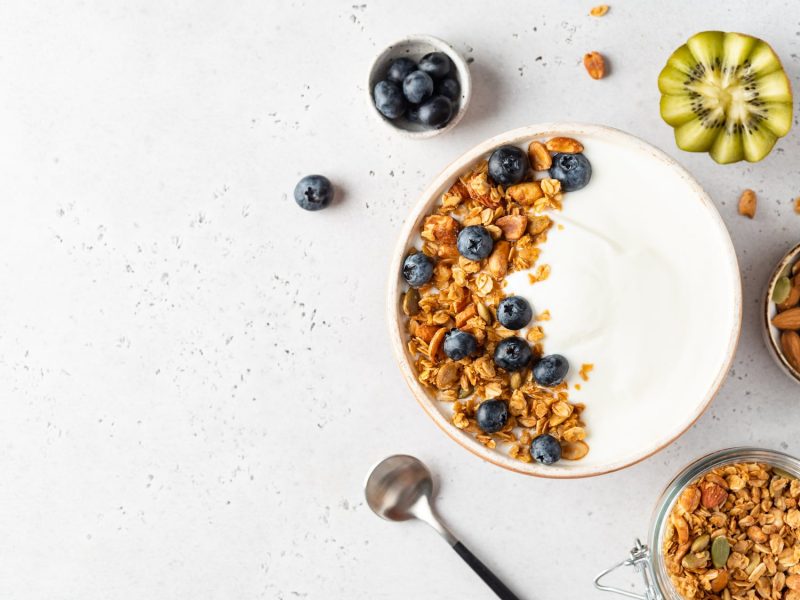
Yogurt is an easily digestible dairy product. People generally tolerate fermented milk products better than unfermented milk. This is due to the bacteria. During fermentation, they convert the milk sugars (lactose) into probiotics. Therefore, yogurt contains virtually no lactose. Yogurt must contain a huge number of bacteria before it can be called yogurt. Every gram of yogurt contains at least ten million living bacteria!
What is cottage cheese?
Quark is actually a very fresh cheese made from milk, lactic acid bacteria, and rennet. Our neighbors to the south know this product as cottage cheese, and in France you can find it as fresh cheese or white cheese. Quark can also be made from goat's and sheep's milk, but according to the Commodities Act, quark may only be called quark if it is made from cow's milk. Additional ingredients may be added to quark you can buy in stores, but the protein content must be at least 60%. Its high protein content makes quark very popular with athletes.
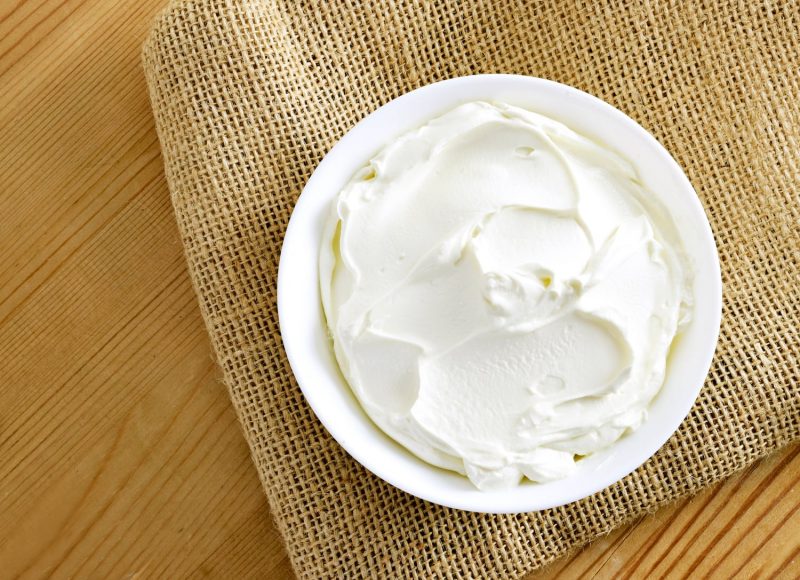
What is the difference between yogurt and cottage cheese?
Despite their similarities, yogurt and quark are completely different. Quark is essentially a very young cheese, while yogurt is a dairy product. Beneficial bacteria are added to the milk, which consume the lactose and convert it into probiotics. This causes the milk to thicken and become more acidic, ultimately transforming it into the dairy product we know as yogurt.
When making quark, rennet is added to the milk. Rennet is derived from animals, which is why quark is not vegetarian. Because of the rennet, quark also contains more protein than yogurt.
Quark and yogurt also differ in fat content. Of the two dairy products, quark contains the most fat and therefore the most calories. There is a difference in taste between the two products. Yogurt has a slightly more sour flavor, while quark is slightly sweeter.
Yogurt or cottage cheese: which is healthier?
When we look at the nutritional values, we see a difference between yogurt and quark. Low-fat quark contains more calories than low-fat yogurt. Full-fat quark provides 121 kcal, low-fat quark 52 kcal, while low-fat yogurt, for example, contains only 38 kcal. Quark also contains more protein, between 8.2 and 8.9 grams. Yogurt contains between 3.3 and 4.5 grams of protein.
Of the two, cottage cheese is the fattier. Full-fat cottage cheese contains 8 grams of fat, while low-fat cottage cheese contains 0.1 grams. Low-fat yogurt contains less, only 0.1 grams of fat, and full-fat yogurt contains 3 grams of fat.
So, we can only properly answer the question of which of the two is healthiest if we're clear about what exactly we mean by "healthy." In any case, both yogurt and quark fit into a healthy diet. Whether yogurt and quark are truly healthy depends largely on the ingredients you add to your quark or yogurt. Muesli and granola are often used, but they add a lot of sugar and therefore a considerable number of calories to your yogurt or quark. Whether yogurt or quark is better depends on your nutritional goals and what you eat throughout the day.
Can you replace cottage cheese with yogurt in a recipe and vice versa?
Although quark and yogurt seem similar at first glance, they are two completely different products. Quark is a very young cheese, while yogurt is a dairy product.
So, whether you can substitute yogurt for quark or vice versa depends on why the recipe uses yogurt or quark. For example, you can't make a cheesecake with yogurt. However, you can substitute quark for yogurt in a blender smoothie recipe, for example. Generally, quark can often be used in recipes in place of Greek yogurt, sour cream with ricotta, cream cheese, mascarpone, and cottage cheese.
What is that water in a container of yogurt or cottage cheese?
If you don't finish a container of cottage cheese or yogurt and put it back in the refrigerator, you'll often find a layer of water in the container the next day. That yellowish layer might not look very appetizing, but it's harmless.
During production, whey is created, which is a milk protein. This whey liquid is trapped in the milk's cell walls until these walls are broken. This happens, for example, when you shake the milk vigorously, but also when stirring with a spoon. The liquid whey is released and will eventually rise to the surface. That layer of water in your container of quark or yogurt is simply whey.
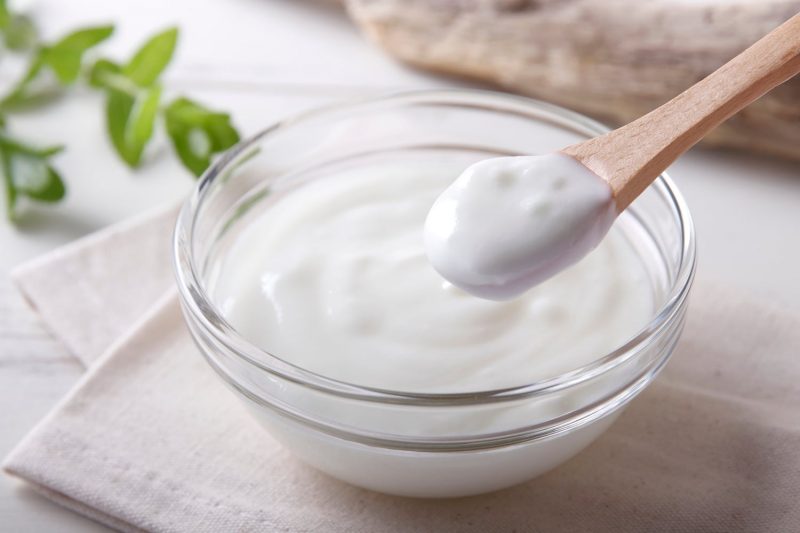
Of course, you can pour it out and rinse it away. But remember that whey is incredibly healthy. It contains lots of probiotics, calcium, and protein. So, it's best to simply stir it back into your quark or yogurt. You can also save it and blend it with the other ingredients the next time you make a smoothie. That will make your healthy smoothie even healthier.
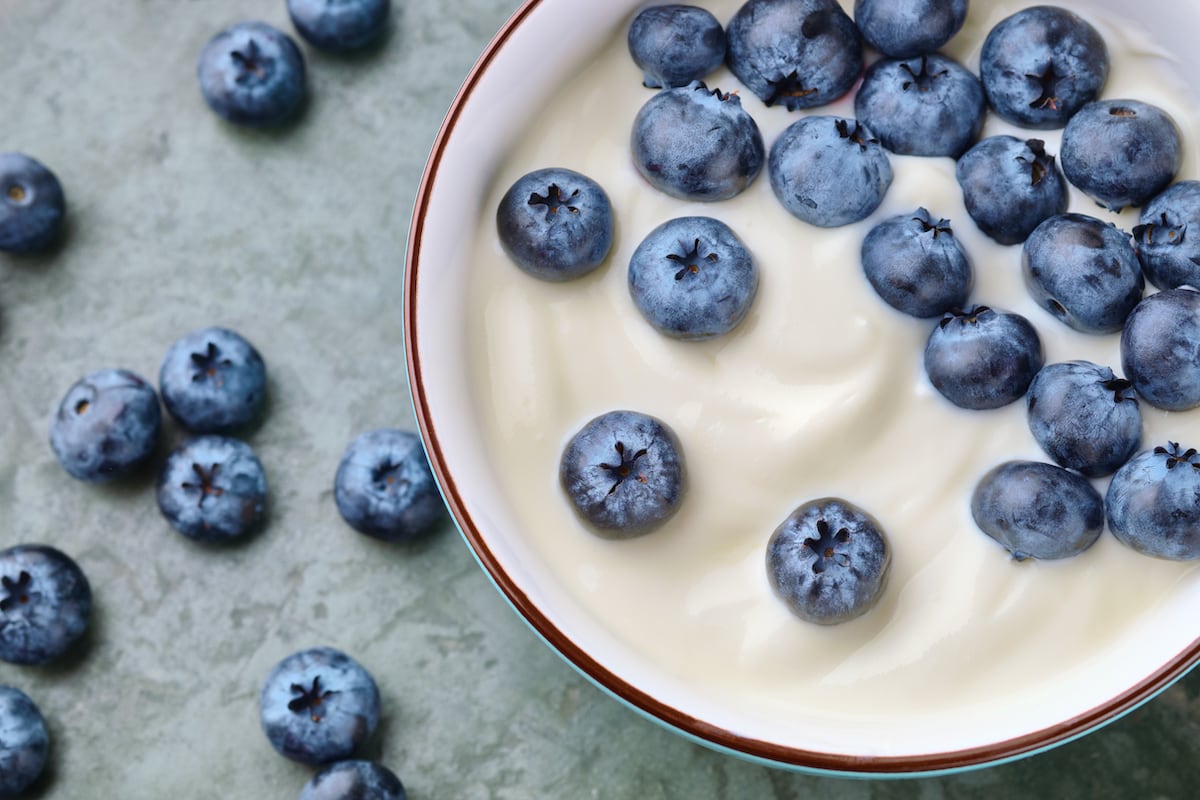
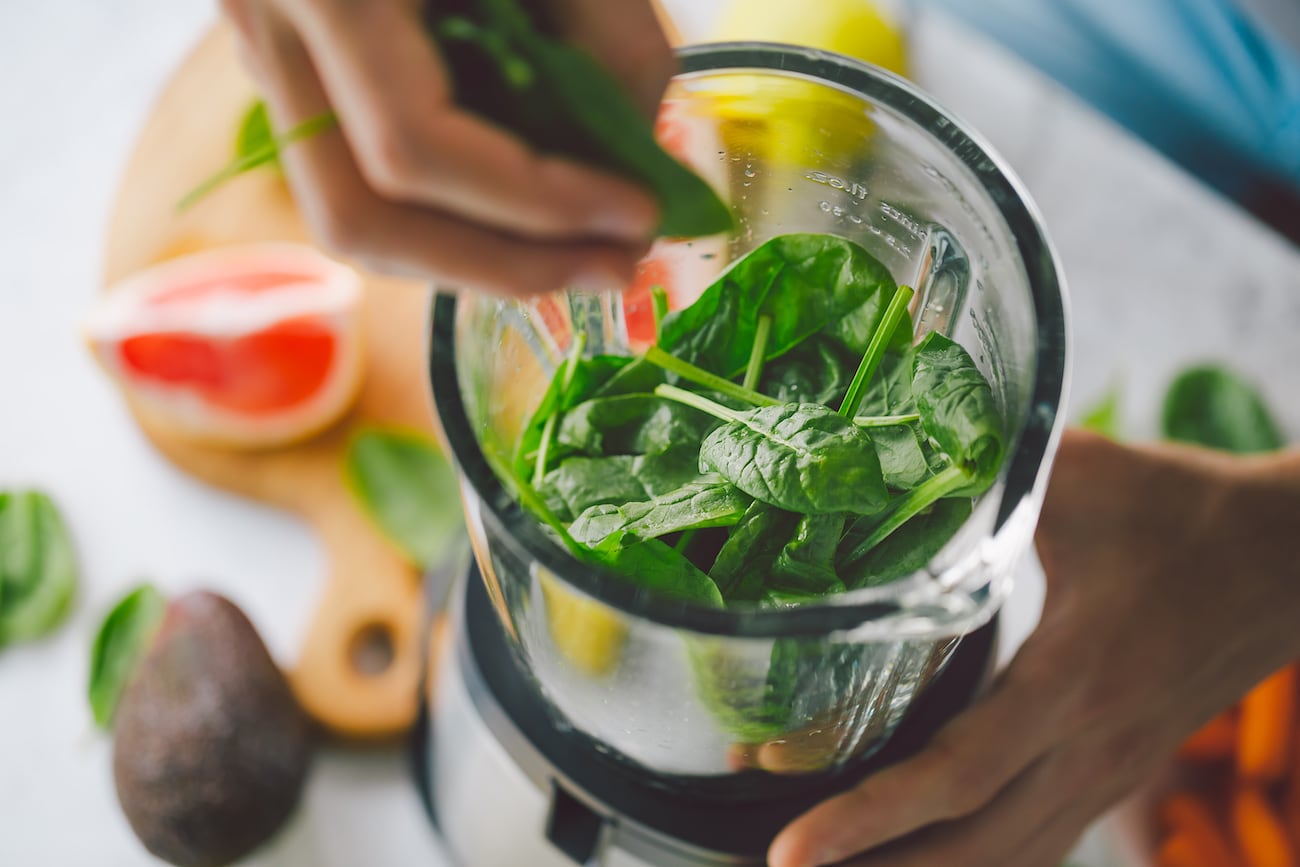
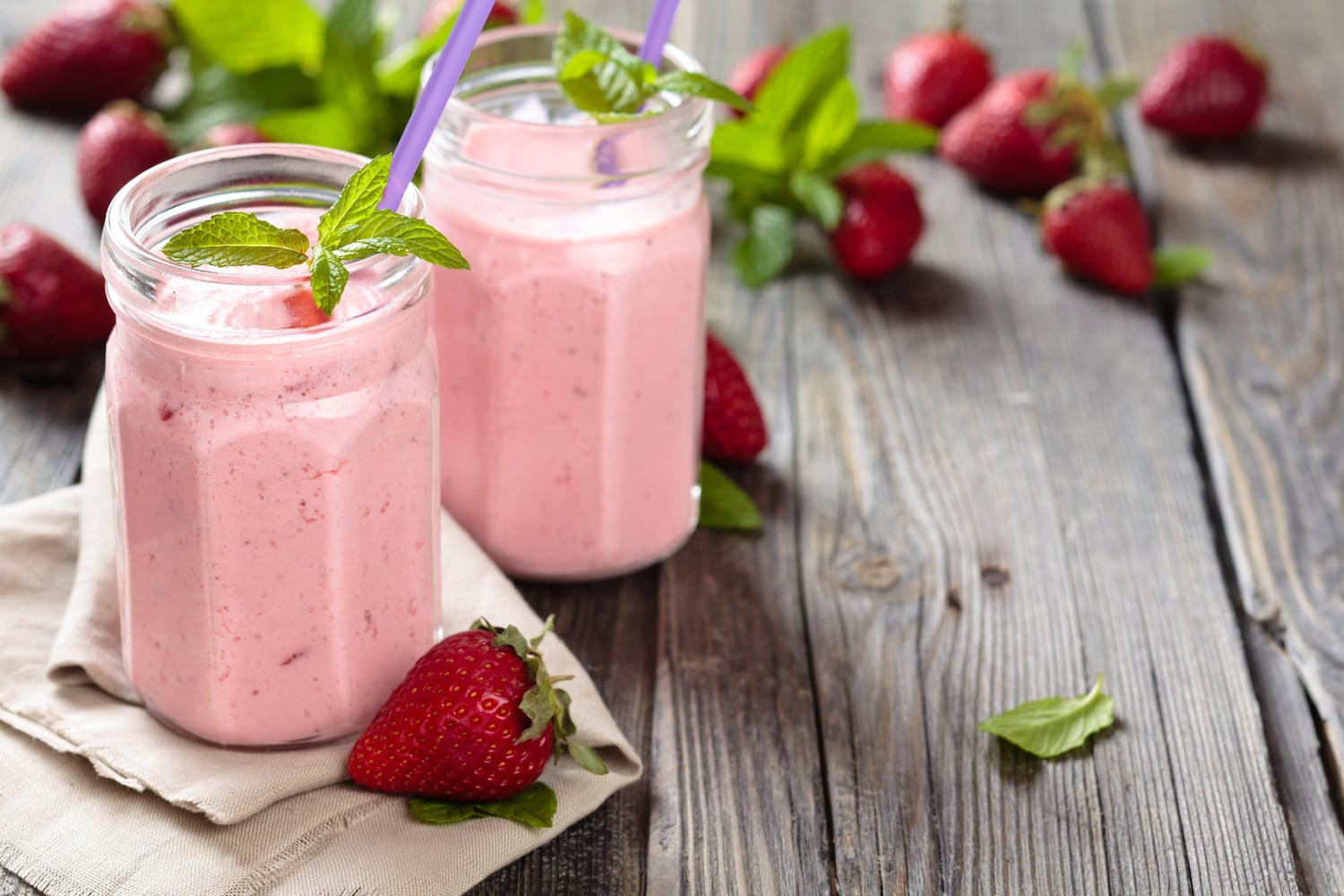
Leave a comment
This site is protected by hCaptcha and the hCaptcha Privacy Policy and Terms of Service apply.